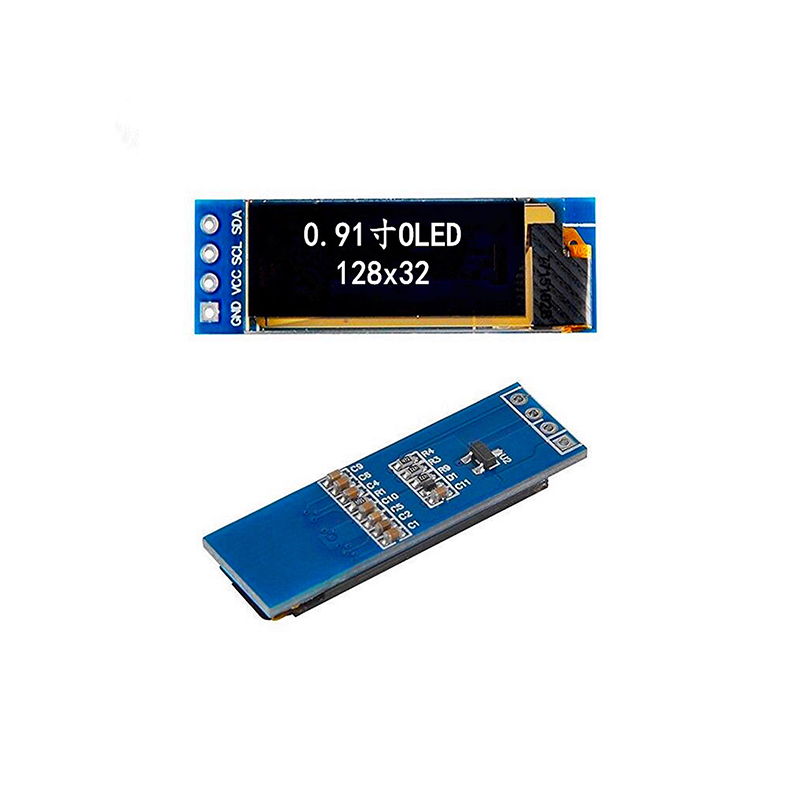
This guide helps you understand the specifications, sourcing options, and considerations for purchasing high-quality 0.96 OLED displays from reliable manufacturers. We explore various aspects to ensure you make an informed decision. Learn about different display types, technical specifications, and considerations for integration into your project.
The resolution of a 0.96 OLED display significantly impacts image clarity. Higher resolution translates to sharper images and more detail. Pixel density, measured in pixels per inch (PPI), also contributes to image quality. Look for displays with resolutions and PPI suitable for your application’s needs. A common resolution for a 0.96 display is 128 x 64 pixels.
Brightness (measured in nits or cd/m2) determines how clearly the display is visible in different lighting conditions. A higher brightness is advantageous in outdoor applications. Contrast ratio indicates the difference between the brightest white and the darkest black, influencing image depth and richness. Consider your application's environmental conditions when choosing appropriate brightness and contrast levels.
The viewing angle specifies the range of angles from which the display remains clearly visible. A wider viewing angle is beneficial for applications where the display might be viewed from various positions. OLED displays generally offer good viewing angles, but checking the specific specifications of the 0.96 OLED display is essential.
Color depth, expressed in bits, determines the number of colors the display can reproduce. Higher color depth leads to more vibrant and realistic images. The color gamut refers to the range of colors the display can produce. For many applications, a standard color gamut is sufficient, but you might need a wider gamut for specific color-critical applications.
The display's interface (e.g., SPI, I2C) determines how it connects to your microcontroller or other electronic components. Power consumption is also crucial, especially for battery-powered devices. Lower power consumption extends battery life. Check the datasheet for power specifications to ensure compatibility and efficiency.
Selecting a trustworthy manufacturer is paramount. Research potential suppliers thoroughly, verifying their reputation, experience, and customer reviews. Consider factors like production capacity, quality control measures, and after-sales support. A reputable manufacturer, such as Dalian Eastern Display Co., Ltd., can provide high-quality products and reliable service.
Prices for 0.96 OLED displays vary depending on specifications, quantity ordered, and supplier. Minimum Order Quantities (MOQs) are important to consider, as they often affect the overall cost per unit. Negotiate with manufacturers to find the best price and quantity for your project's needs.
Inquire about lead times for production and delivery. Accurate lead-time estimates are crucial for project planning and scheduling. Factor in potential delays due to unforeseen circumstances.
| Feature | Display A | Display B |
|---|---|---|
| Resolution | 128 x 64 | 96 x 64 |
| Brightness (nits) | 250 | 200 |
| Contrast Ratio | 800:1 | 500:1 |
Note: This is an example table. Actual specifications will vary depending on the chosen 0.96 OLED display and manufacturer.
Purchasing 0.96 OLED displays requires careful consideration of various factors, from display specifications to supplier selection. Thorough research and due diligence will ensure you source high-quality displays that meet your project requirements. Remember to check datasheets, compare offerings from different manufacturers, and focus on finding a reliable partner like Dalian Eastern Display Co., Ltd. for a successful outcome.












